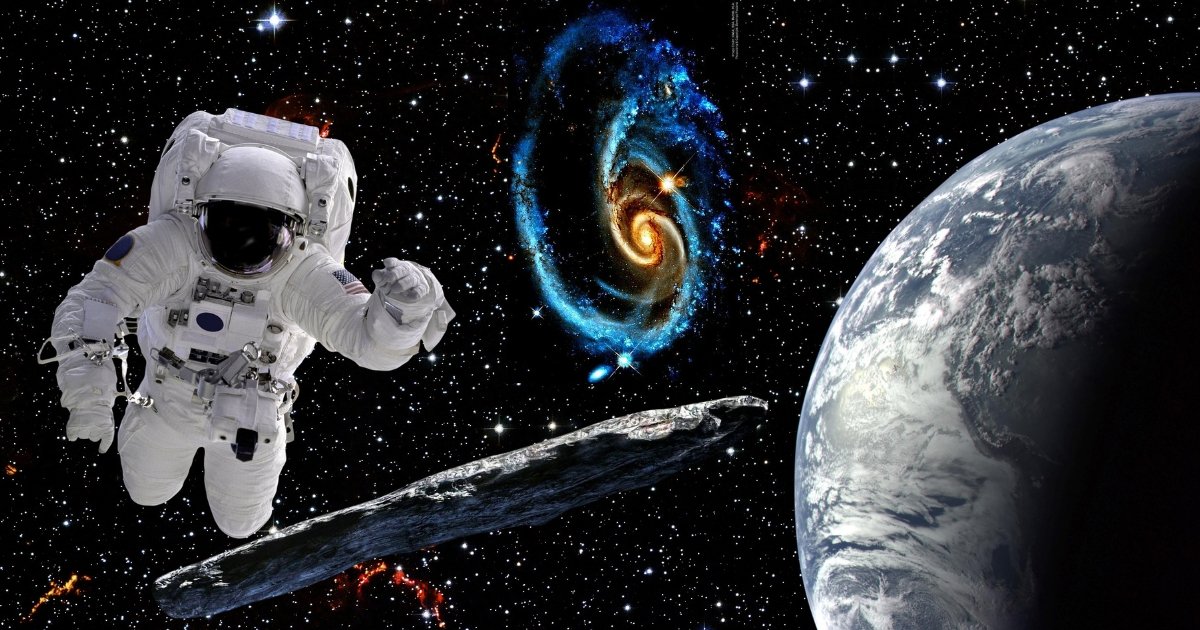In this article, we are going to read about the 8 strangest things scientists have discovered in space. Napeek covers thousands of years of interesting and confusing research. From the discovery of unknown planets with unusual features to the mystery of dark matter and dark energy that rule the universe, the cosmic adventure has always put our knowledge to the test. While the stars like fast radio bursts and gamma-ray bursts remain in challenging easy explanations, black holes, with their mysterious centers and central mysteries, demand further investigation. Examining the cosmic microwave background radiation, a window into the earliest waves of the universe reveals higher levels of cosmic structure in exceptions.
1. Whirlpool Galaxy (Messier 51)
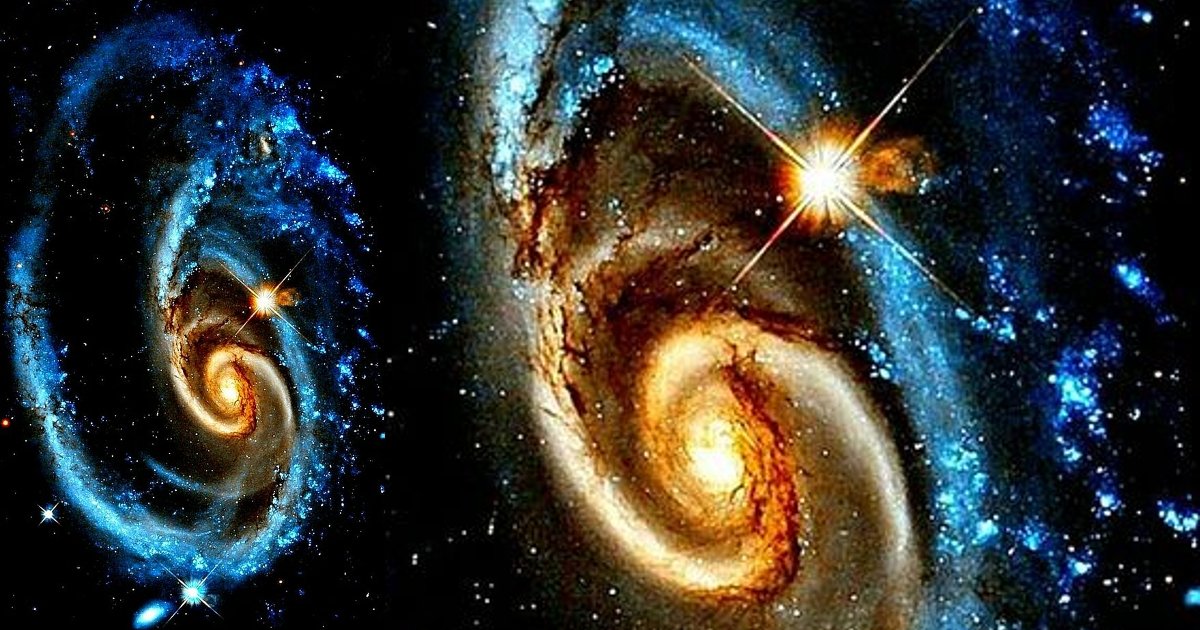
2. Hexagonal Storm on Saturn
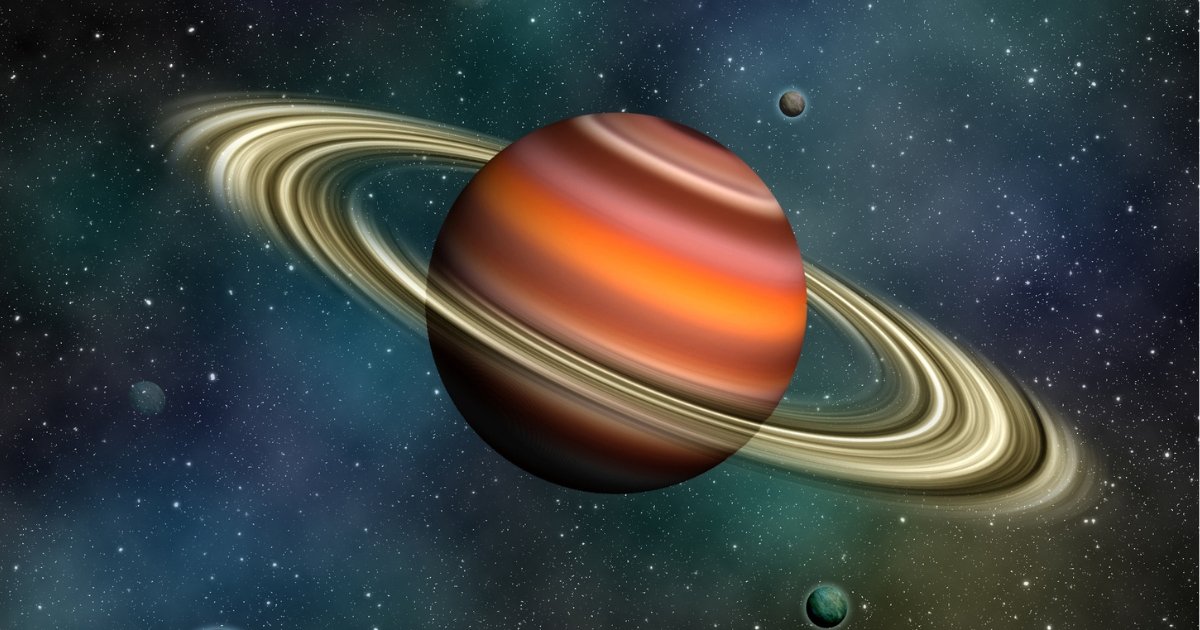
3. The Traveller – Oumuamua
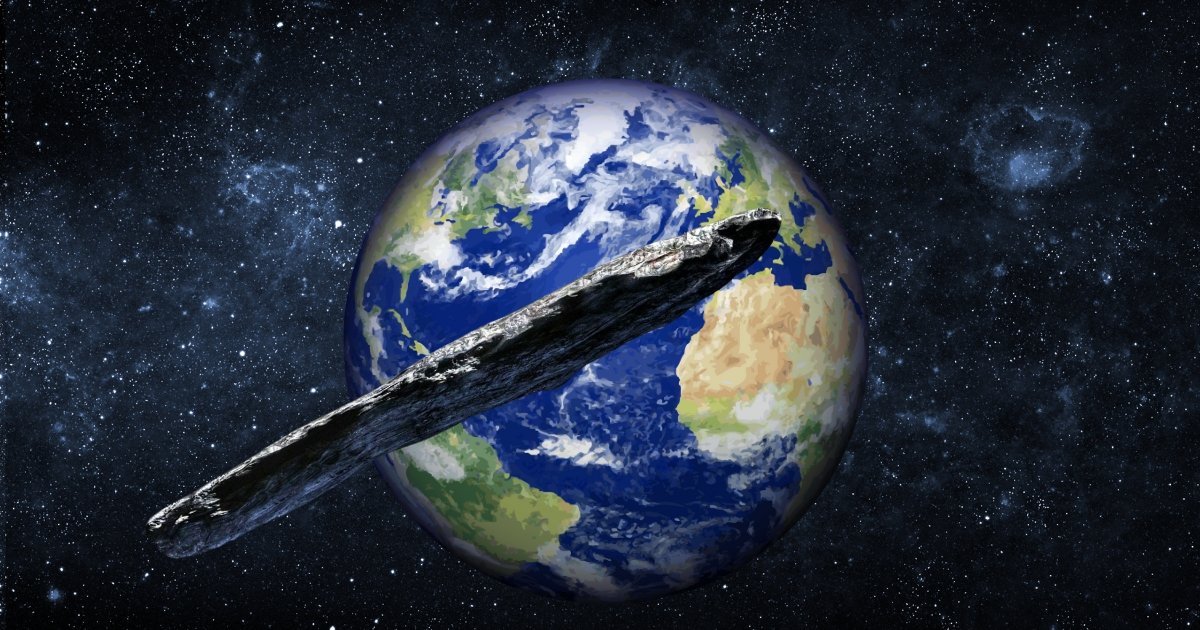
4. Stephan’s Quintet of Galaxies
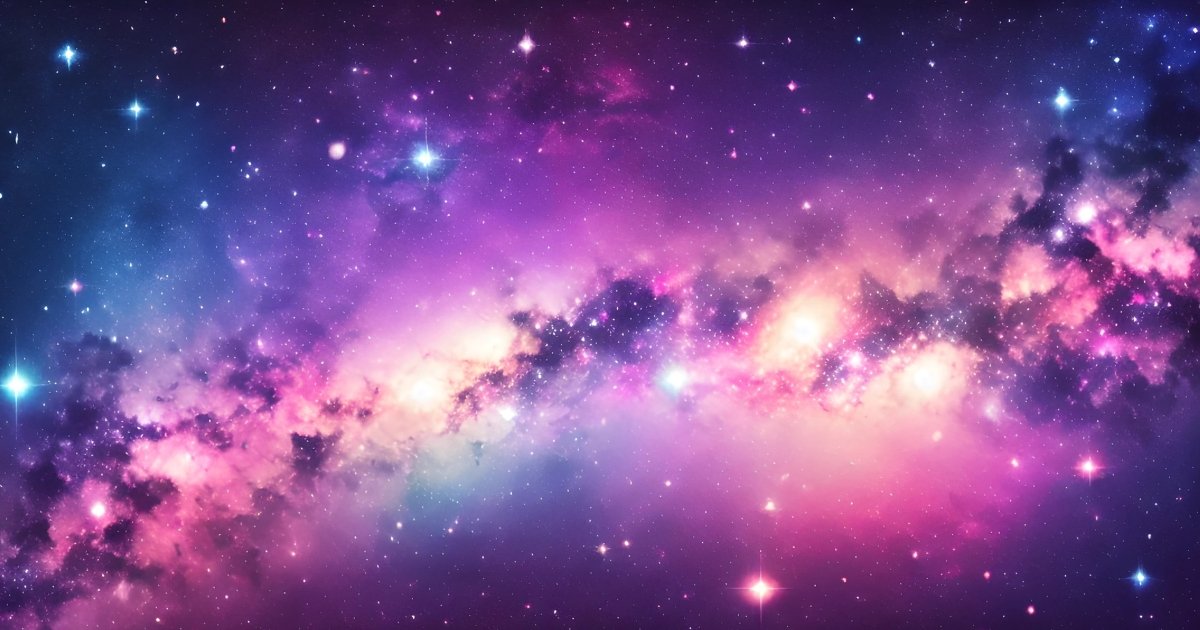
5. Slug on Pluto

6. Planet with CO2
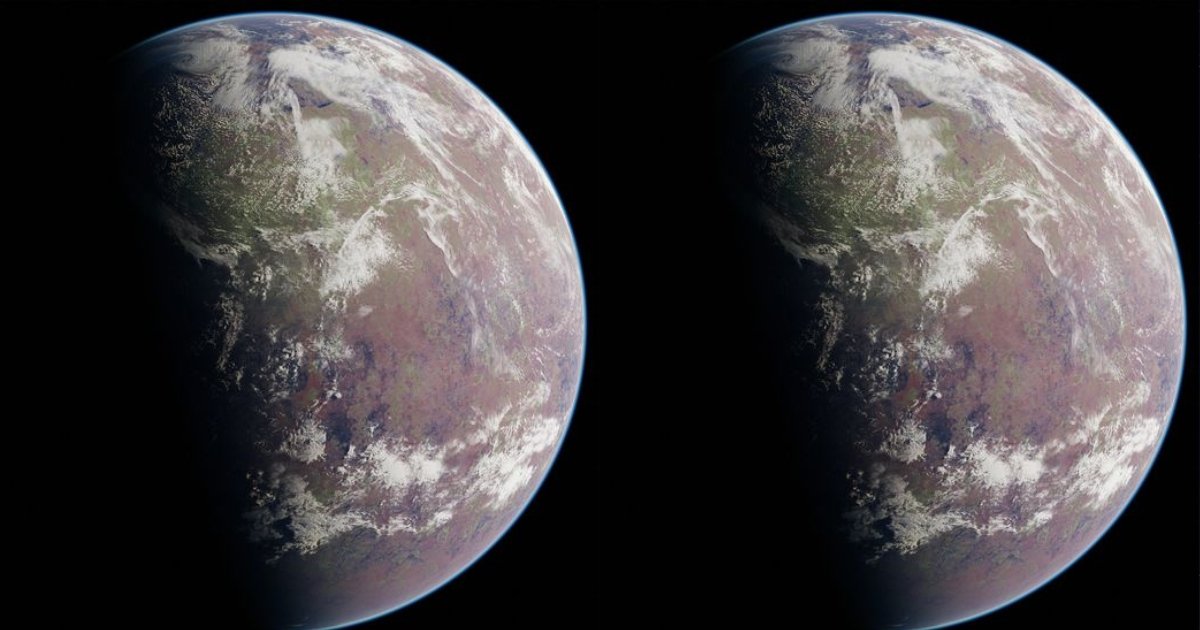 A while back, astronomers discovered a planet 700 light years distant, around the size of Saturn, with CO2 in its atmosphere. We have never seen CO2 outside of our solar neighborhood before! Around a few other planets, the James Webb Space Telescope also found evidence of methane, water vapor, and increased CO2. For possible life on those alien planets, it works similarly to a natural smell test.
A while back, astronomers discovered a planet 700 light years distant, around the size of Saturn, with CO2 in its atmosphere. We have never seen CO2 outside of our solar neighborhood before! Around a few other planets, the James Webb Space Telescope also found evidence of methane, water vapor, and increased CO2. For possible life on those alien planets, it works similarly to a natural smell test.
7. Birth of a New Moon
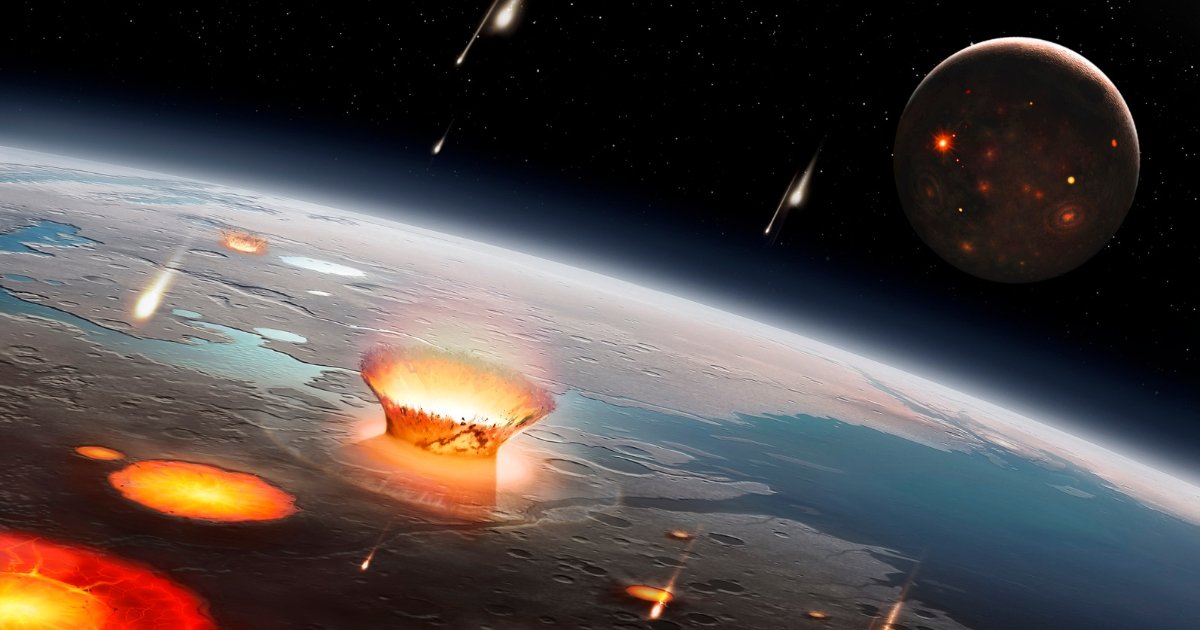
Have you seen a new moon appear? Even if it normally takes millions of years to finish, for a species like ours, an understanding of this process is more than enough. Thus, while traveling to Saturn, the Cassini spacecraft took some incredible photos and discovered what appears to be a new moon in the forming, named “Peggy.” At just 0.8 kilometers in size, it is still a baby, going about its business just beyond Saturn’s rings. These moons are thought to form when icy particles in the rings are pushed to the outer borders.
8. Space Butterfly
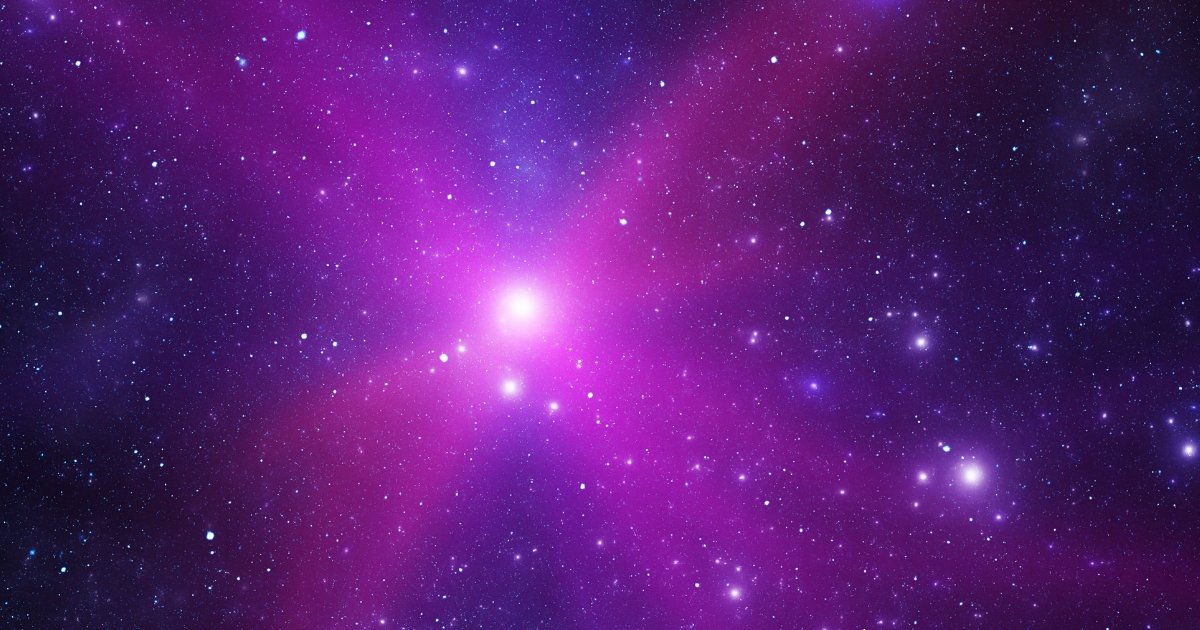 These awesome pics snapped by the Hubble Space Telescope have become legendary. The astronomers call it the Twin Jet Nebula, or PN M2-9 if you hate fun. But honestly, the name Space Butterfly is a perfect fit for this phenomenon. I mean, just look at it! This nebula’s got a double star system, making it a bipolar planetary nebula. The glowy shells in the pics. That’s the last hurrah of a dying star, shedding its outer layers
These awesome pics snapped by the Hubble Space Telescope have become legendary. The astronomers call it the Twin Jet Nebula, or PN M2-9 if you hate fun. But honestly, the name Space Butterfly is a perfect fit for this phenomenon. I mean, just look at it! This nebula’s got a double star system, making it a bipolar planetary nebula. The glowy shells in the pics. That’s the last hurrah of a dying star, shedding its outer layers
Conclusion
The mysteries of space keep us amazed and challenge the boundaries of what we think we know about the universe. In this article, we are going to read about the 8 strangest things scientists have discovered in space. Napeek covers thousands of years of interesting and confusing research. Space reveals its secrets through attracting phenomena, such as the strange beauty of the Twin Jet Nebula and the mysterious dance of galaxies in Stephan’s Quintet. Every new finding adds a new chapter to the story of the cosmos, be it the hexagonal storm on Saturn or a surprise visitor Oumuamua. Pluto, with its slug-shaped rock and cold surface, is just one example of how different the planets are. The universe opens up as a playground of amazing sights and confusing challenges as we investigate the formation of new moons and planets with different atmospheres.

